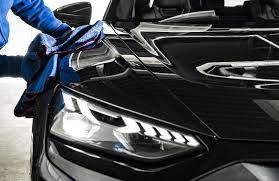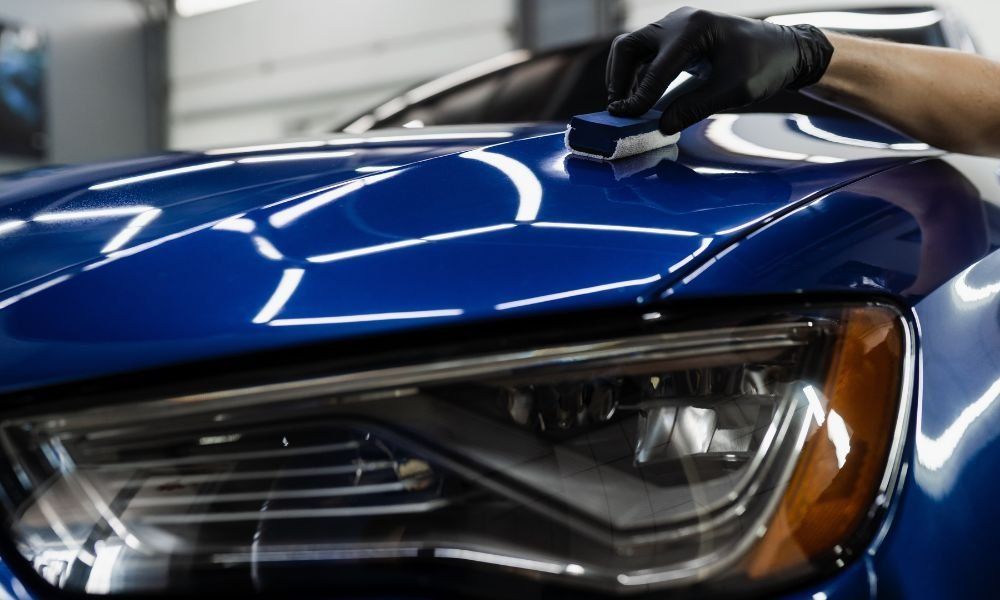If you plan to sell your car, ensuring it looks its best is important. A clean, well-maintained vehicle will attract more buyers and fetch a better price. Car detailing cary nc your car before selling it can help you get the most out of your sale. It is easy to overlook the importance of detailing when selling a car, but this step should not be ignored, as proper detailing can make all the difference in appearance and value. Taking the time to detail your vehicle properly ensures that potential buyers see nothing but an immaculate interior and exterior with no signs of wear or damage. This will give them confidence in their purchase decision which could lead to a higher sale price for you! Additionally, detailed cars tend to hold their value longer than those without attention paid to care or presentation.
1. Clean the Exterior
Cleaning the exterior of your car is extremely important. It helps prevent contaminants like dust, dirt, tree sap, dead bugs, salt, and pollution from sticking to your vehicle’s paint and finish. It also keeps your car looking pristine and brand new. It can even increase its resale value when you sell it.
A dirty exterior car is a big turn-off to potential buyers. It is also more likely to have rust, faded paint, and other damage that may be hard to repair. To clean your vehicle’s exterior, you need a bucket of soap, a soft natural sponge or lambswool wash mitt, and some tire cleaner. These materials can be used to clean your vehicle’s roof, windows, wheels, and other surfaces.
2. Clean the Interior
Your car’s interior is a high-touch area, which means it’s likely to get dirty. That’s why cleaning your vehicle’s interior is important before selling it. A quick vacuum and wipe-down is a good start, but you must clean the entire interior if you want to boost your resale value. That can include things like carpets, seats, and cupholders.
To reach those nooks and crannies, you can use a duster, cotton swabs, or the crevice tool on your vacuum to get into the tight spaces that can hold dirt. You may also want to disinfect the door panels and steering wheel. This helps keep your vehicle smelling fresh and prevents germs from spreading to other areas of your car.
3. Clean the Engine
When a potential buyer lifts the hood of your car, they must see a clean engine. It gives a good impression and indicates that you care about your car and take good care of it. A clean engine prevents the buildup of road salt and other debris, which can cause corrosion. This helps prolong your engine’s lifespan, reducing the overall cost of maintaining it.
It also allows you to spot minor problems, such as leaks and hot spots, that may wreak havoc later on. This means you can fix them sooner than you might otherwise have, saving you time and money. Before you start cleaning, remove any plastic covers under the hood. These can be cleaned separately from the rest of the engine bay. Then, use a brush to loosen the dirt and grime in the engine and around the hood.
4. Clean the Trunk
During the car detailing process, it’s also a good idea to clean the trunk. This area of the vehicle can get pretty messy over time, especially if you use it as a storage space for items that aren’t essential to driving the car. Before you start cleaning the trunk, you should empty it so that you can see what stains need to be removed. You should also make sure that any objects that may be lodged in the spare tire well are also removed from the trunk.
Then, you can clean the trunk carpet with a commercial car carpet cleaner or your homemade solution. However, follow the directions on the container and be careful not to use too much liquid detergent or water. This could cause the tan layer to peel off.




